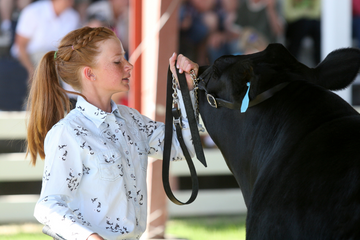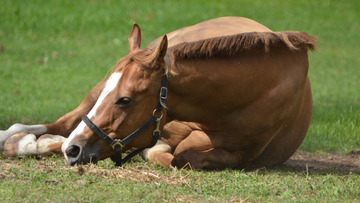The history of the Bernese Mountain Dog is that it was a farm dog of the midland regions of Switzerland. They were primary used as a companion and watchdog to farmers and their families. These beautiful-looking Swiss farm dogs takes his name from the area of Bern, where he likely originated. Berners also helped farmers by pulling carts and driving livestock to fields or to the market. A professor named Albert Heim led a Swiss breed club in 1907 in attempts to preserve the Bernese Mountain Dog. By 1926, the breed made its way to the U.S. by a Kansas farmer who imported them to work on his farm. The breed’s popularity took off and the American Kennel Club (AKC) registered their first Berner in 1937.

The Bernese Mountain Dog is related to the Greater Swiss Mountain Dog, the Entlebucher Mountain Dog, and the Appenzeller. All four breeds share the same characteristics, except the Bernese Mountain Dog is the only one with a log coat. A Bernese puppy is so cute and snuggly but will soon reach their adult weight (be prepared) they are very large!
Characteristics:
- Loyal but independent.
- Weight (Male-90-120) (Female-70-100).
- Tricolored: black with tan markings with white as well.
- Laid back (gentle giants).
- Coat is thick and long.
- Strong and muscular
- Life expectancy is usually 7-9 years.
- They love children.
- Super friendly
Unfortunately, Bernese Mountain Dogs have a shorter life than other breeds, here are some specific health concerns:
- Gastric dilation (bloat)
- Elbow and hip dysplasia
- Mast cell tumor
- Cancer
- Eye issues
Bernese Mountain dogs are good-natured pets who love to be included in all aspects of family life, making wonderful companions. They do not typically do well in small living spaces like apartments. They need large yards but despise their size Bernese Mountain Dogs only require a moderate amount of exercise- around 30 minutes a day will suffice for most of them.






















